A Brief Overview of Packaging Designs and Materials
2025-08-04 12:23:31.jpg)
Packaging design is a crucial intersection of aesthetics, functionality, and sustainability. Quality materials like cardboard, kraft, and corrugated options protect products and convey brand values. Effective designs integrate color schemes, typography, and engaging graphics to captivate consumers. Understanding the target market and analyzing competitors guide the design process. Implementing sustainable practices resonates with an eco-conscious audience, promoting brand loyalty. Cost-effective solutions balance visual appeal with practicality, enhancing customer experiences while minimizing expenses. To explore the intricate steps and materials that elevate your packaging strategy, continue to uncover the essentials that drive exceptional designs.
Main Points
- Quality packaging materials protect products while reflecting brand values and consumer preferences for sustainability.
- Various packaging materials include cardboard, Kraft, paper board, and corrugated options, each with unique benefits.
- Effective packaging design starts with understanding product specifications and target audiences, followed by competitive analysis.
- Visual elements like color schemes, typography, and high-resolution graphics enhance user experience and brand perception.
- Sustainable practices in packaging, such as using biodegradable materials, resonate with consumers and can reduce environmental impact.
Importance of Packaging Materials
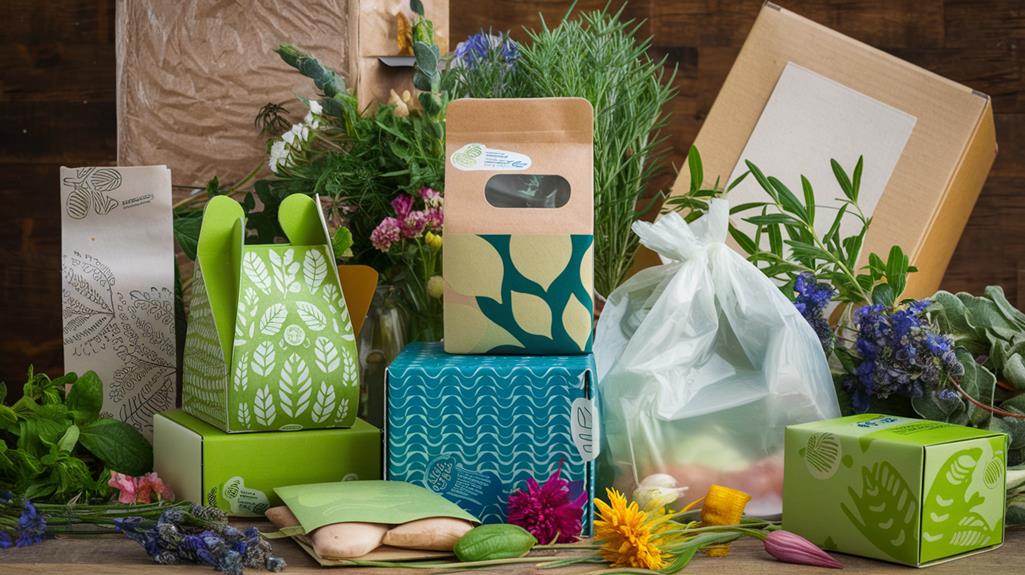
The significance of packaging materials cannot be overstated when considering a product's overall success. Quality packaging serves as a protective barrier and an essential communicator of brand values, fostering customer trust and loyalty.
The choice of packaging materials directly impacts product preservation; eco-friendly options resonate deeply with modern consumer preferences, reflecting a growing demand for sustainability.
Among the commonly used materials, cardboard, kraft, paper board, and corrugated options stand out for their unique benefits. These materials offer affordability, customization, and a luxurious appeal, enhancing the packaging design.
The aesthetic appeal of these packaging materials plays a critical role in shaping consumer perception and fundamentally influences brand reputation. Brands that prioritize quality packaging are often seen as more reliable and trustworthy.
Moreover, sustainable packaging materials contribute to environmental conservation efforts, aligning brands with contemporary consumer values. As sustainability becomes increasingly essential, companies must adapt their strategies to incorporate eco-friendly options while maintaining the functional and aesthetic qualities that attract consumers.
In this competitive landscape, the importance of packaging materials emerges as a fundamental element of successful product marketing.
Types of Packaging Materials
_0001.jpg)
Packaging materials are pivotal in the product experience, influencing protection and presentation, consumer perceptions, and environmental impact. Among the diverse options available, cardboard packaging is an affordable and customizable solution, ideal for bulk orders due to its strength and versatility.
Kraft packaging offers a lightweight, eco-friendly alternative that appeals to environmentally conscious consumers, particularly for high-end products.
Paperboard packaging, thicker than standard paper, is tailored for pharmaceuticals and cosmetics, providing a premium feel while ensuring protection. Corrugated packaging, on the other hand, combines superior strength with a luxurious appeal. It is often utilized for shipping fragile items and can be customized to fit specific product dimensions.
As sustainability becomes increasingly important, the packaging industry is shifting towards sustainable materials. Options such as biodegradable and recyclable materials are gaining traction, reflecting consumers' preference for environmentally responsible choices.
Characteristics of Packaging Materials
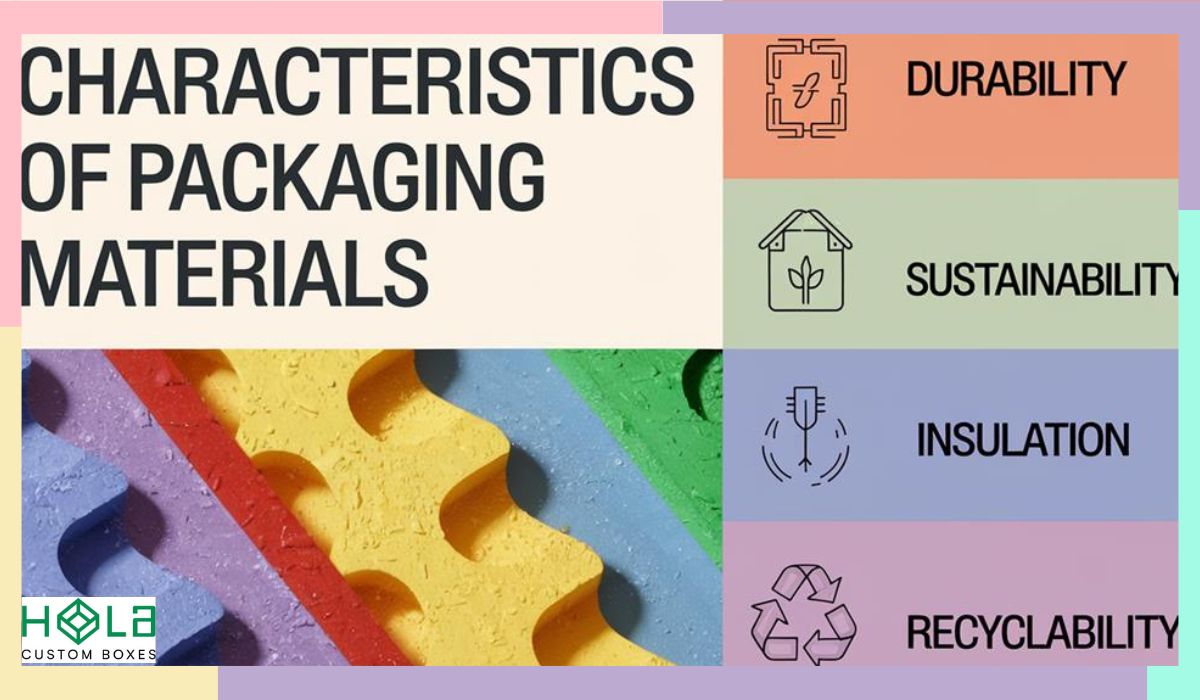
The characteristics of packaging materials are integral to ensuring product safety, quality, and appeal. Various options, such as cardboard, kraft, and corrugated materials, each bring unique advantages that cater to diverse needs.
Cardboard packaging stands out for its cost-effectiveness in bulk, lightweight nature, and extensive customization options, making it ideal for a wide range of products. Meanwhile, kraft packaging emphasizes sustainability, appealing to eco-conscious consumers and high-end markets.
Moreover, packaging materials like paperboard provide added thickness, which is essential for safeguarding delicate items such as pharmaceuticals and cosmetics and ensuring product integrity.
Corrugated packaging, known for its superior strength and luxurious feel, is especially suited for fragile products that demand extra protection during transit.
The selection of appropriate packaging materials greatly influences brand reputation and customer confidence. High-quality materials enhance the perceived value of products and align with growing sustainability concerns.
The proper corresponding packaging can ultimately optimize packaging costs while elevating the overall customer experience, solidifying a brand's commitment to quality and environmental responsibility.
Packaging Design Process
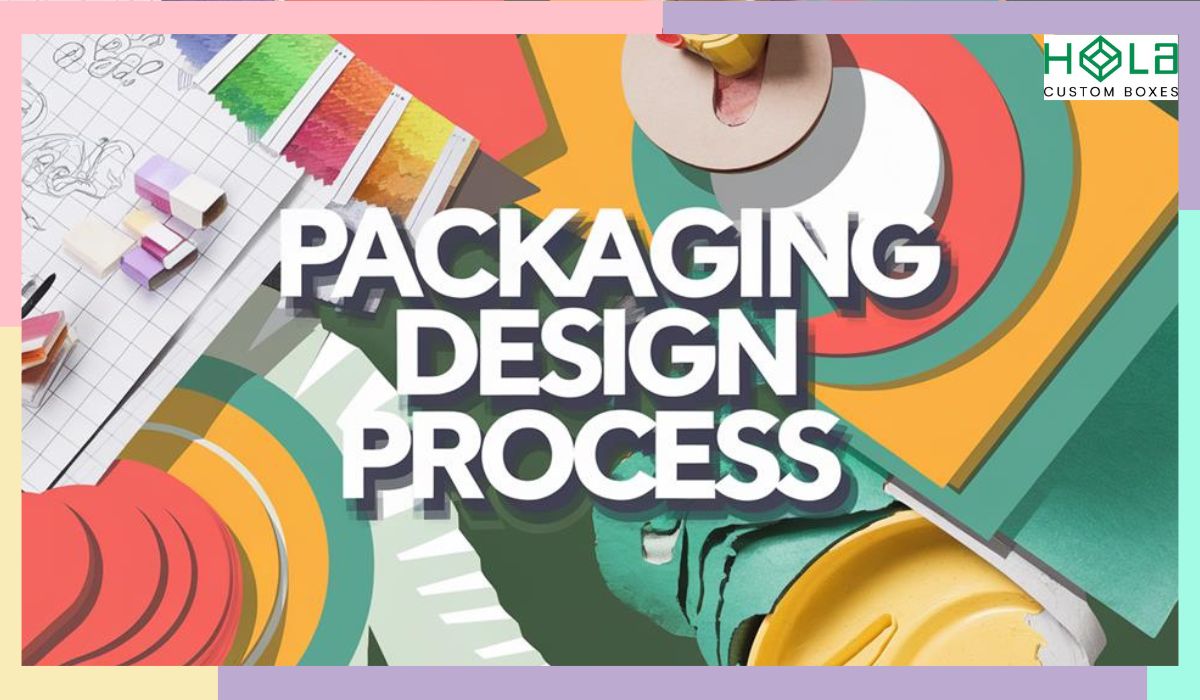
A well-defined packaging design process is the backbone of successful product presentation and market differentiation. This journey begins by meticulously defining product specifications and gaining a deep understanding of the target audience. By doing so, designers can guarantee that their creations resonate with consumers, forging an emotional connection that drives purchasing decisions.
Conducting a competitive analysis is essential, as it reveals effective packaging strategies that can distinguish a product in a crowded marketplace. From this foundation, package concepts emerge, often initiated through sketching mockups and employing graphic design software to visualize potential designs. This step is significant for creating a compelling visual narrative that aligns with brand identity.
As the design progresses, attention turns to pre-press and printing processes, where all files must meet stringent printer specifications to ensure high-quality output. Testing the packaging for durability and ease of opening is critical, as it directly impacts user experience.
Gathering consumer feedback during this phase enables designers to refine the design, guaranteeing that the final product appeals aesthetically and functions flawlessly in real-world scenarios. Ultimately, this holistic approach to the packaging design process fosters innovation and excellence.
Key Foundations in Effective Package Design**
Successful package design begins with a clear understanding of the product’s specifications—its size, weight, materials, and fragility—to determine the appropriate structure and protection level. Equally important is researching the target audience to ensure the design aligns with their preferences, lifestyle, and expectations. This foundational step ensures the packaging not only protects but also appeals. Conducting a competitive analysis further helps identify industry trends and successful strategies, offering inspiration for creating a design that stands out on the shelf.
From Concept to Consumer Feedback**
After research, the design phase moves to visual mockups created with graphic design tools, allowing brands to evaluate both form and function before final production. Durability testing is essential at this stage to ensure the packaging can handle shipping, shelving, and customer use. Gathering feedback from potential customers during testing offers valuable insights, helping to fine-tune the design and ensure it delivers a satisfying unboxing experience—ultimately supporting product success and brand loyalty.
Elements of Effective Packaging Design
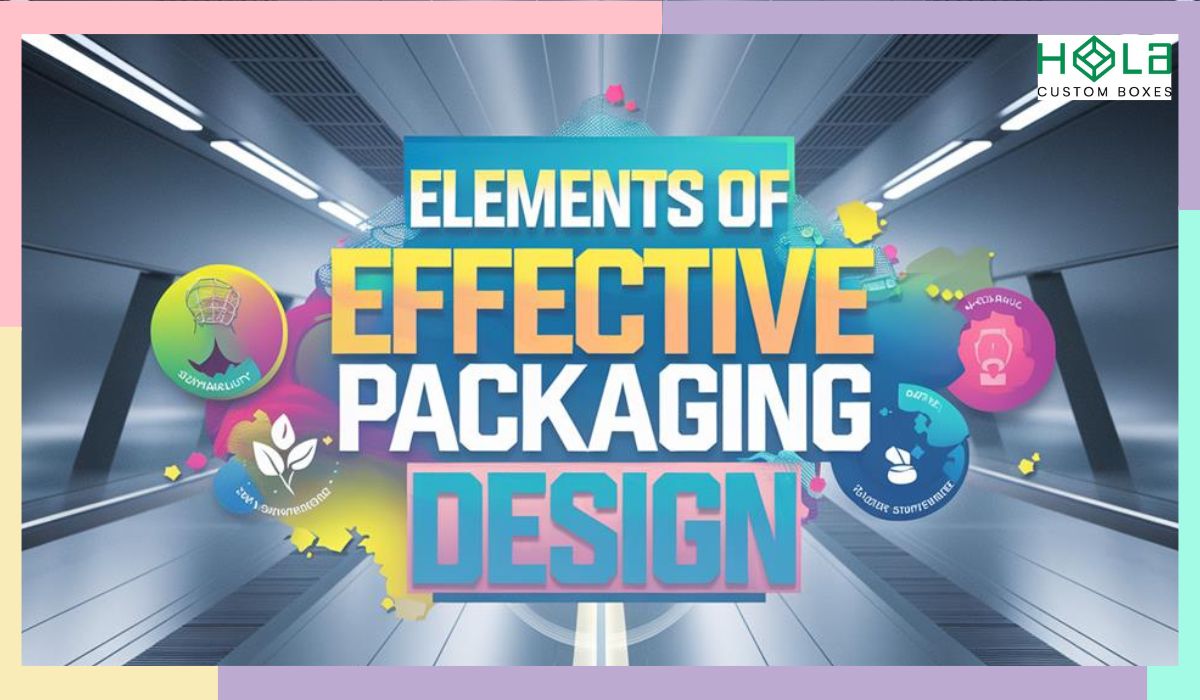
Effective packaging design is a harmonious blend of functionality and visual appeal, essential for capturing consumer interest and ensuring product protection. The elements contributing to an effective packaging design are critical in shaping a product's market presence and consumer interaction.
| Element | Description | Impact on Consumer |
|---|---|---|
| Color Schemes | Aligning colors with brand identity influences perception and behavior. | Enhances visual appeal |
| Typography | Setting the mood and improving readability establishes the brand tone. | Affects brand perception |
| High-Resolution Graphics | Utilizing quality images makes packaging memorable and attractive. | Increases engagement |
| Engaging Illustrations | Creative visuals can tell a story about product usage and benefits. | Boosts customer interest |
| Clear Communication | Providing usage information enhances user experience and fosters loyalty. | Encourages repeat purchases |
Cost-Effective Packaging Solutions
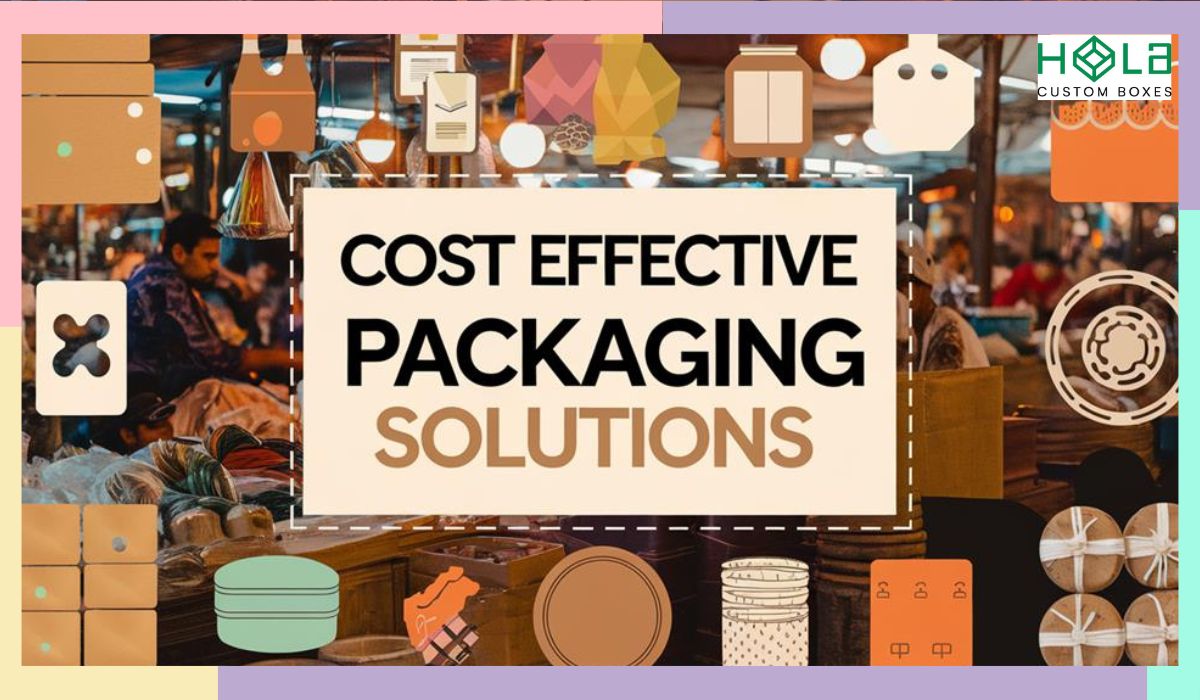
Packaging design captivates consumers and plays a pivotal role in a company's bottom line. Cost-effective packaging solutions are essential for businesses seeking to maximize expenses without compromising quality. Custom boxes, such as sturdy cardboard shipping or mailer boxes, provide an affordable means of guaranteeing product protection during transit, fostering customer satisfaction and brand loyalty.
Leveraging bulk orders can yield significant savings, allowing companies to utilize environmentally friendly packaging materials while enhancing their sustainability efforts. The advent of high-tech printing technologies enables businesses to achieve striking designs at lower costs, particularly with digital printing methods that eliminate setup fees and accommodate frequent artwork changes.
Moreover, selecting lightweight yet durable packaging materials, like foam inserts or corrugated cardboard, can substantially reduce shipping costs while maintaining robust product protection. Incorporating functional design elements guarantees ease of use and ideal storage, enhancing the overall customer experience and minimizing product returns and complaints.
Customer Engagement Strategies
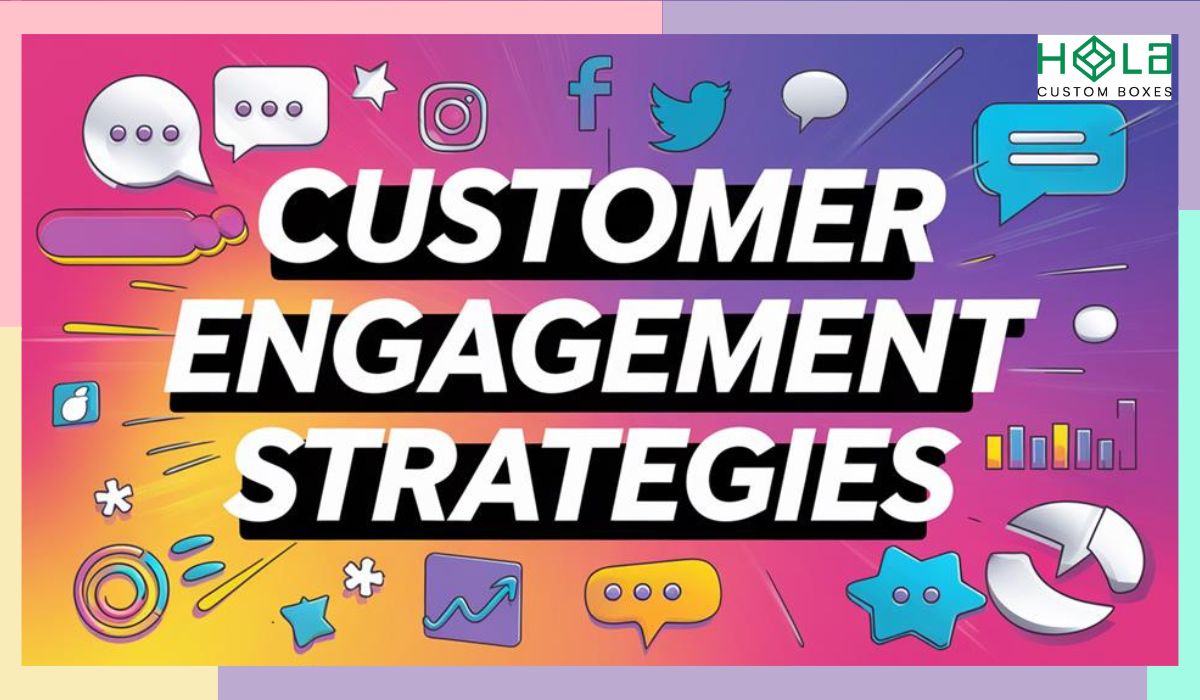
How can businesses transform their packaging into a powerful tool for customer engagement? The answer lies in innovative packaging design that captivates consumers from the outset. By incorporating interactive elements like QR codes or augmented reality features, brands can elevate customer engagement, offering product information that enriches the purchasing experience.
Sustainable packaging is another key strategy, as 66% of consumers are willing to pay more for environmentally friendly packaging. This alignment with consumer values fosters brand loyalty, making customers feel they contribute to a more significant cause.
Additionally, the unboxing experience has become a social media phenomenon, with 60% of consumers enthusiastic to share their experiences online.
To harness this potential, businesses should seek customer feedback through surveys and social media, gaining insights that inform future packaging strategies. This improves the design and creates a dialogue with consumers, enhancing their connection to the brand.
When brands prioritize engaging packaging that resonates with their audience, they cultivate lasting relationships and encourage repeat purchases, ultimately transforming packaging into a crucial touchpoint in the customer journey.
Sustainable Packaging Practices

Embracing sustainable packaging practices represents a pivotal change in how businesses approach their environmental responsibilities. Companies can significantly reduce their environmental impact by utilizing eco-friendly materials such as biodegradable plastics, recycled paper, and plant-based substances. This alteration aligns with the growing market demand, as approximately 70% of consumers are willing to pay a premium for products featuring sustainable packaging solutions.
Innovations in packaging design, including flat-pack shipping options, optimizing space, and minimizing excess material, further contribute to sustainability goals. This approach reduces waste and leads to a remarkable decrease in carbon emissions, potentially by up to 30%.
As consumers increasingly prioritize sustainability, businesses implementing these practices can foster a deeper connection with their audience, enhancing brand loyalty. Research indicates that 81% of consumers believe companies should actively help improve the environment, reinforcing the importance of sustainable practices.
Resources for Packaging Design

A wealth of resources is available to assist designers in creating impactful and effective packaging solutions. Software tools like Adobe Illustrator and Canva empower graphic design professionals to craft stunning visual elements, including custom boxes and intricate dielines. These platforms can simulate packaging structures, ensuring that design elements like color schemes, typography, and imagery resonate with brand identity and consumer preferences.
Moreover, designers can benefit from extensive guides on shipping logistics, e-commerce strategies, and financial considerations, such as inventory turnover, which are vital for effective packaging design. Collaborating with a packaging company or design agency can infuse creativity and innovation into the process, allowing for fresh perspectives on current design trends.
Additionally, training resources—including tutorials, documentation, and online forums—are essential for maximizing the potential of packaging design software. By leveraging these tools and insights, designers can explore various packaging options that meet functional requirements and elevate the overall aesthetic of professional packaging.
Embracing these resources will finally lead to more successful and visually engaging packaging solutions in a competitive market.
